Expansion of Smart City Initiatives
The development of smart city initiatives is significantly influencing the internet of-everything market. Cities across the US are investing in IoT technologies to enhance urban living conditions, improve public services, and promote sustainability. For instance, the US government has allocated substantial funding for smart infrastructure projects, with estimates suggesting investments could exceed $100 billion by 2025. These initiatives encompass smart transportation systems, energy-efficient buildings, and enhanced public safety measures. As cities adopt interconnected systems, the demand for IoT solutions is expected to rise, thereby driving the internet of-everything market. This trend not only fosters economic growth but also enhances the quality of life for residents.
Rising Demand for Automation Solutions
The internet of-everything market is experiencing a notable surge in demand for automation solutions across various sectors. Industries such as manufacturing, healthcare, and logistics are increasingly adopting automated systems to enhance operational efficiency. According to recent data, the automation market in the US is projected to reach approximately $200 billion by 2026, indicating a robust growth trajectory. This trend is driven by the need for improved productivity and reduced operational costs. As organizations seek to streamline processes, the integration of IoT devices and systems becomes essential, thereby propelling the internet of-everything market forward. Furthermore, the convergence of AI and IoT technologies is likely to create innovative automation solutions, further stimulating market growth.
Advancements in Connectivity Technologies
The evolution of connectivity technologies is a critical driver of the internet of-everything market. The rollout of 5G networks across the US is expected to enhance the performance and reliability of IoT devices, facilitating real-time data transmission and communication. This advancement is likely to support a wide range of applications, from autonomous vehicles to smart healthcare solutions. Market Research Future suggest that the 5G market could reach $300 billion by 2025, underscoring the potential impact on the internet of-everything market. As connectivity improves, the adoption of IoT devices is expected to accelerate, leading to increased market growth.
Growing Investment in Cybersecurity Solutions
As the internet of-everything market expands, the need for robust cybersecurity measures becomes increasingly paramount. With the proliferation of connected devices, vulnerabilities to cyber threats are on the rise. Organizations are investing heavily in cybersecurity solutions to protect sensitive data and maintain consumer trust. Recent estimates indicate that the cybersecurity market in the US could surpass $200 billion by 2025, reflecting the urgency of addressing these challenges. This trend is likely to drive the development of advanced security protocols and technologies tailored for IoT environments, thereby fostering growth within the internet of-everything market. Enhanced security measures not only protect assets but also encourage further adoption of IoT technologies.
Increased Focus on Environmental Sustainability
The internet of-everything market is increasingly shaped by a growing emphasis on environmental sustainability. Organizations are recognizing the potential of IoT technologies to monitor and reduce their carbon footprints. For example, smart energy management systems can optimize energy consumption, leading to significant cost savings and reduced emissions. Recent studies indicate that implementing IoT solutions in energy management could lead to a reduction of up to 30% in energy costs for businesses. As regulatory pressures and consumer expectations regarding sustainability intensify, companies are likely to invest in IoT solutions that align with their environmental goals, thereby propelling the internet of-everything market.


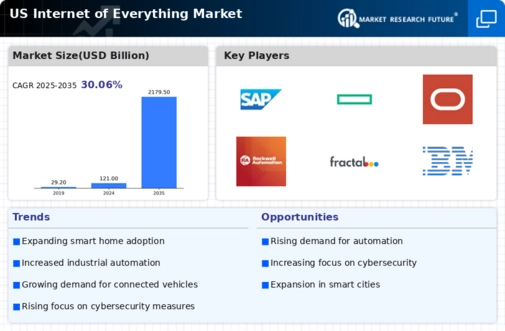
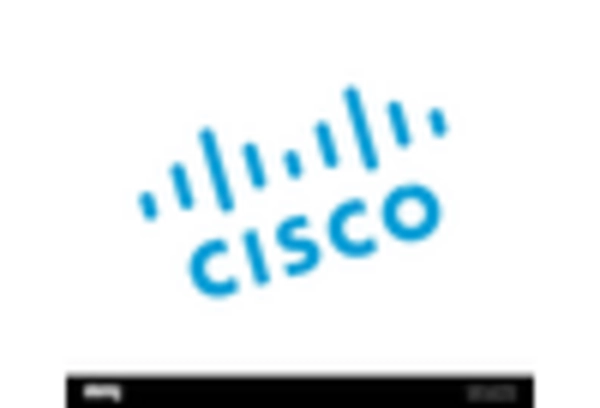
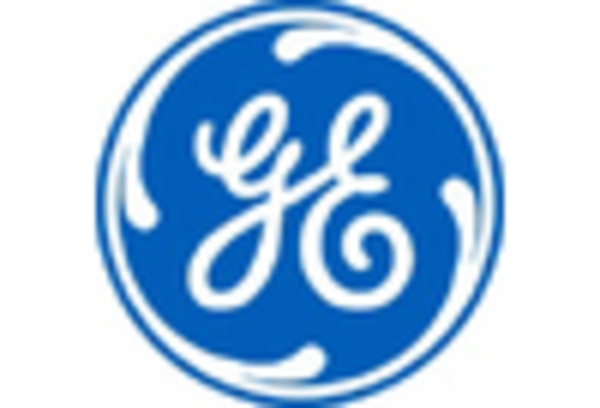
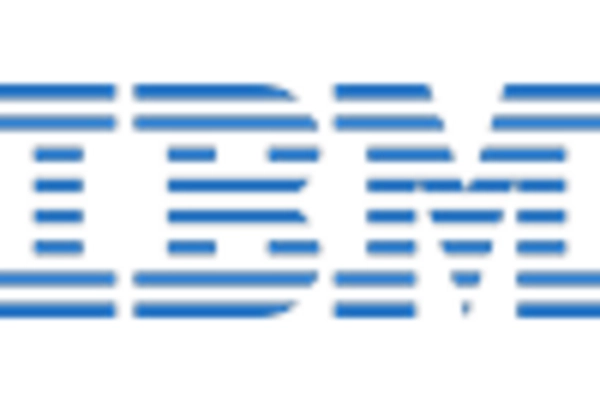
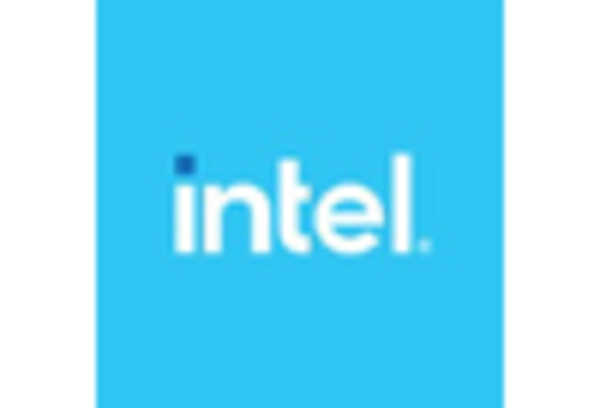

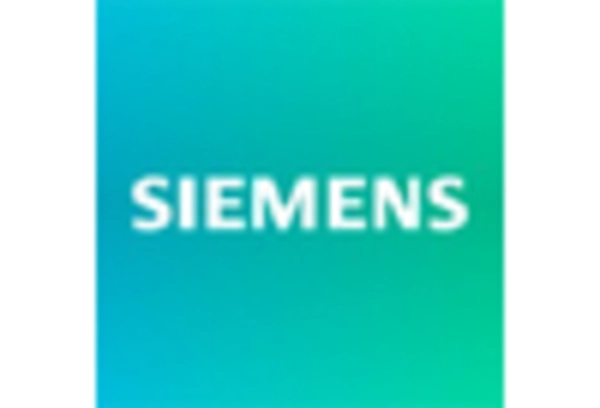








Leave a Comment